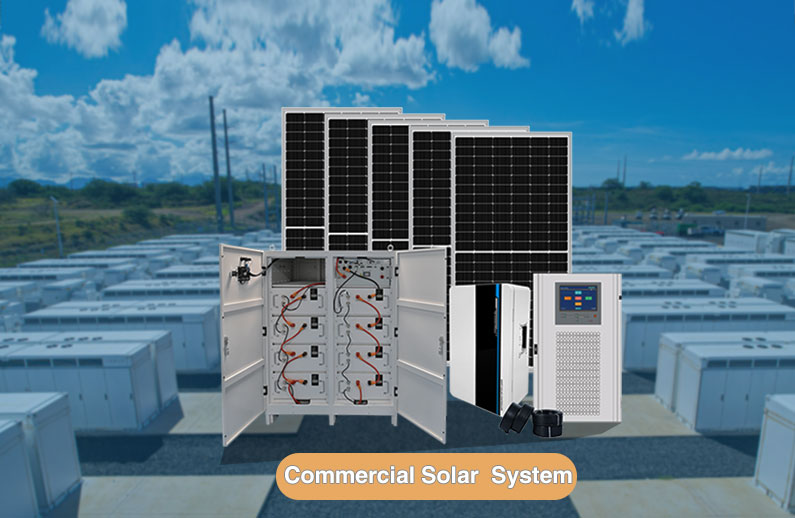How Do Solar Storage Systems Help During Disasters and Emergencies?
Dec 23, 2024
Natural disasters, such as hurricanes, earthquakes, or wildfires, can lead to sudden and extended power outages, making it essential for homes and businesses to have a reliable backup power system. Solar storage systems are a vital tool during such emergencies, offering a sustainable, long-term solution for maintaining power when the grid fails. In this article, we’ll explore how solar storage systems, including the 48V Lithium Battery Solar System, Emergency Backup Solar Storage System, and Dual AC Output Solar Battery System, can provide critical support in times of disaster.
1. Uninterrupted Power Supply During Outages
During emergencies, power outages are often widespread, and restoring electricity can take days or even weeks. A 48V Lithium Battery Solar System acts as an insurance policy, storing energy from the sun and providing power when needed most. This means that even during widespread outages, your home or business can remain operational. By using solar energy stored in the system, you can keep essential appliances running, such as lights, refrigerators, and communication devices.
2. Reliable Backup for Emergency Situations
In many disasters, access to backup power is crucial for safety and well-being. The Emergency Backup Solar Storage System ensures that critical devices, such as medical equipment, water pumps, and communication tools, continue to function during power failures. With solar storage, you no longer need to worry about the unpredictability of the grid; the system provides a stable energy supply, keeping you safe and connected even in the most challenging circumstances.
3. Cost-Effective Energy Storage
While emergencies can lead to immediate costs related to restoring power, solar storage systems provide long-term savings. By storing excess solar energy during the day, homeowners can avoid relying on the grid, saving money on electricity bills. In emergency scenarios, a 48V Lithium Battery Solar System can store enough energy to run critical appliances for several hours or even days, reducing the need for expensive backup generators or fuel.
4. Eco-Friendly and Sustainable Power
Using solar energy during emergencies not only offers practical benefits but also supports environmental sustainability. Solar storage systems, such as the 48V Lithium Battery Solar System, make use of renewable energy, reducing reliance on fossil fuels. During a disaster, this is particularly important, as it ensures that power needs are met without increasing carbon emissions or contributing to environmental degradation. Choosing solar energy helps reduce your carbon footprint, even in the midst of a crisis.
5. Faster Recovery After Disasters
In the aftermath of a natural disaster, power restoration can be slow and complicated. Having a reliable Emergency Backup Solar Storage System can speed up recovery by providing power immediately. This can be crucial for restarting essential operations in businesses, health care facilities, or even just for personal comfort. By reducing the dependency on external power sources, solar storage systems give individuals and organizations the ability to recover more quickly and independently after an emergency.
Solar storage systems are a vital resource during disasters and emergencies, ensuring that you have a continuous, reliable source of power when you need it the most. Whether it’s through the 48V Lithium Battery Solar System, Emergency Backup Solar Storage System, or Dual AC Output Solar Battery System, these solutions provide backup power for critical systems, reduce reliance on the grid, and promote sustainability.









 Network Supported
Network Supported